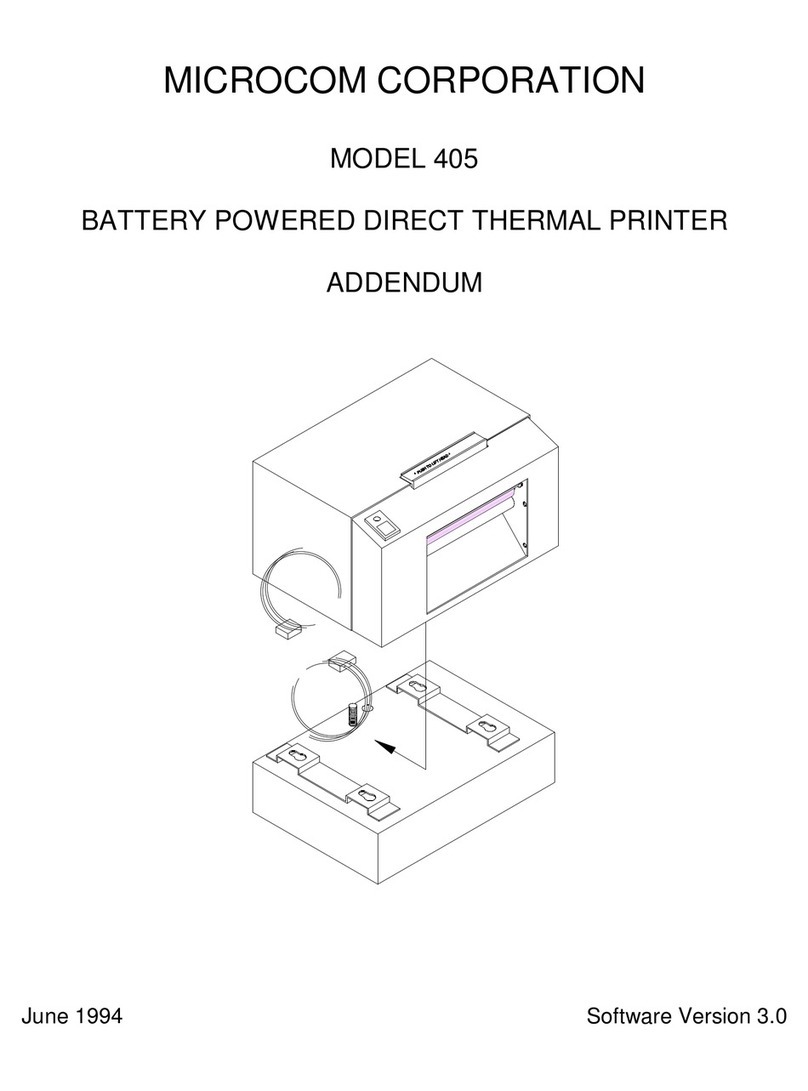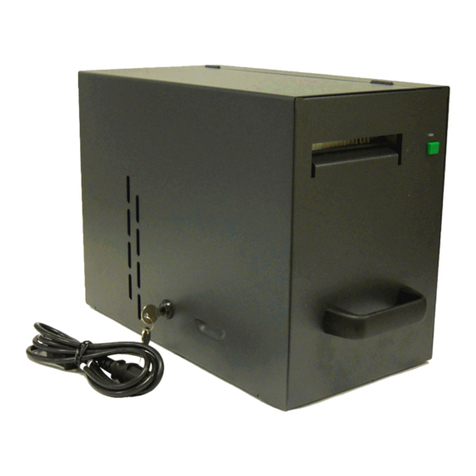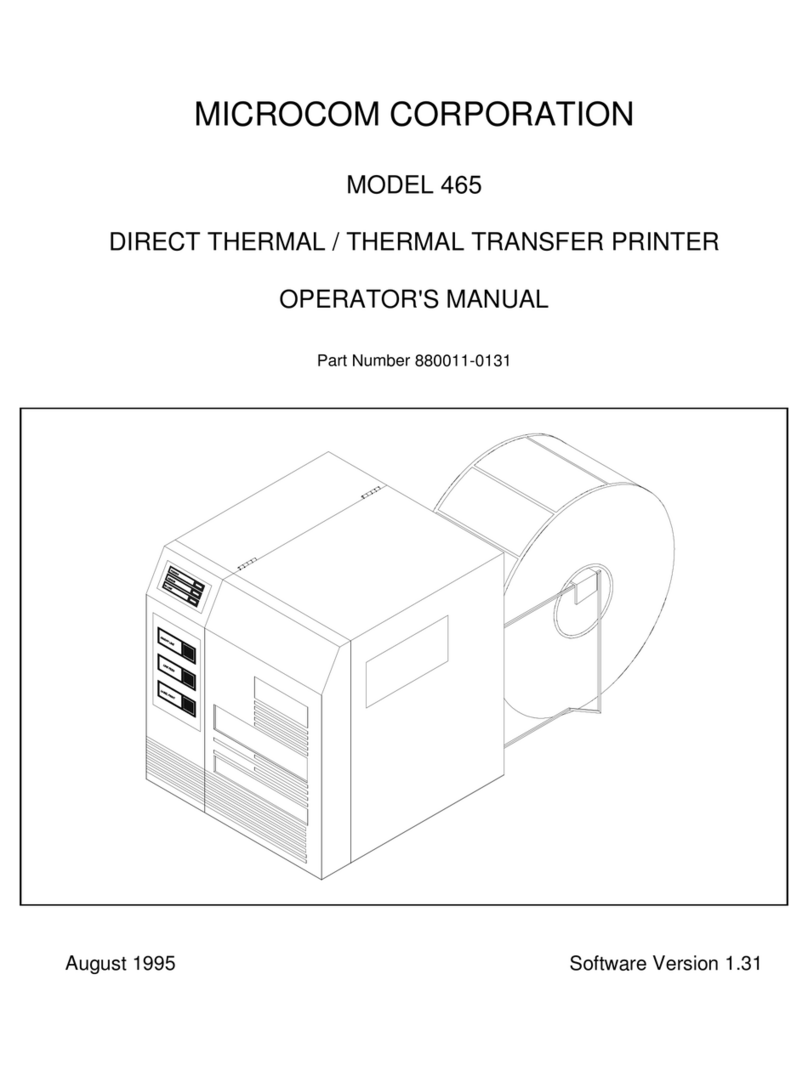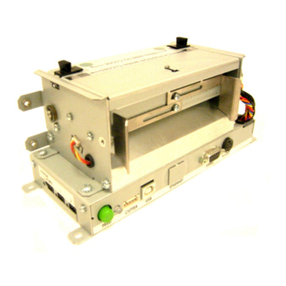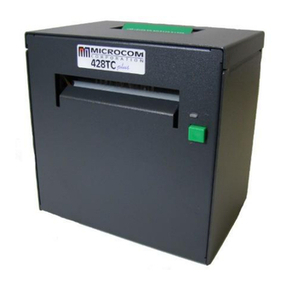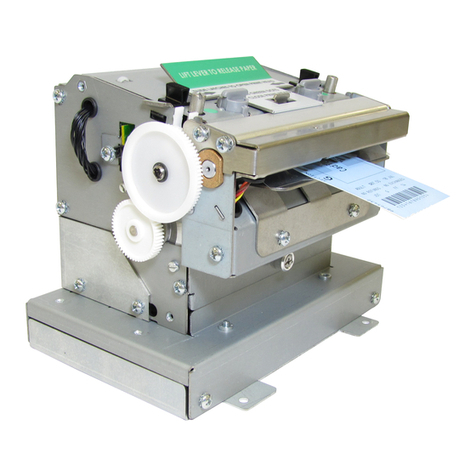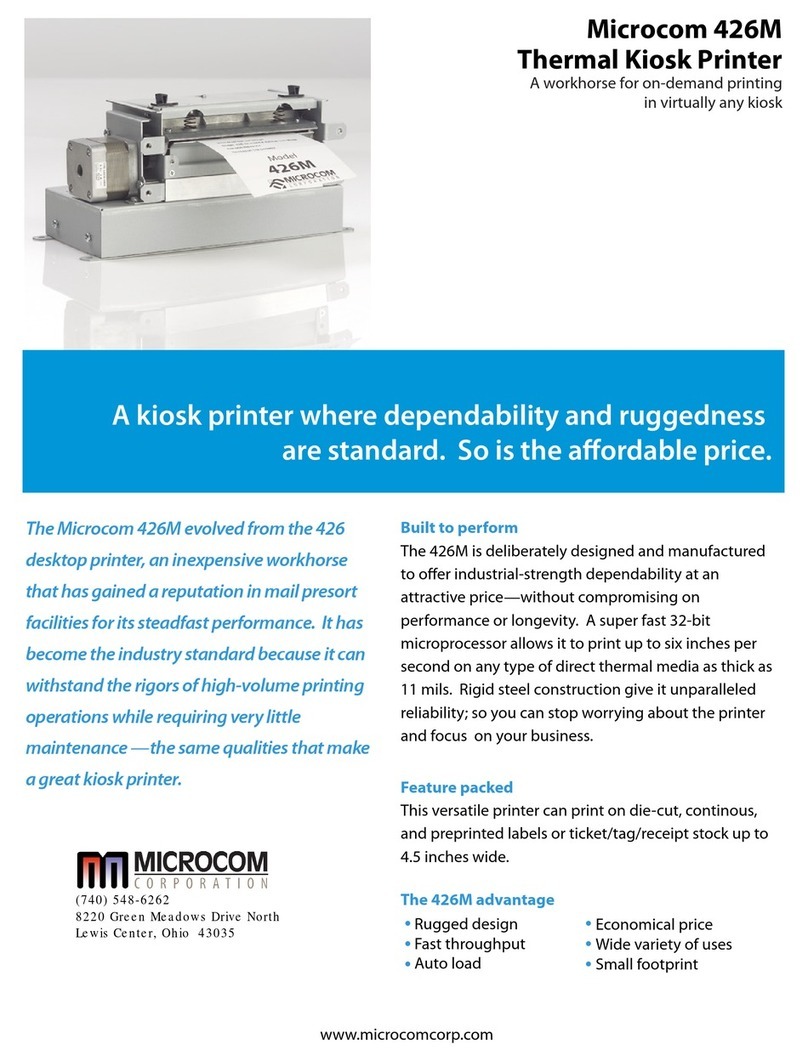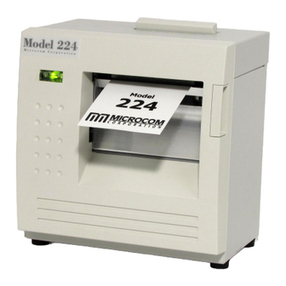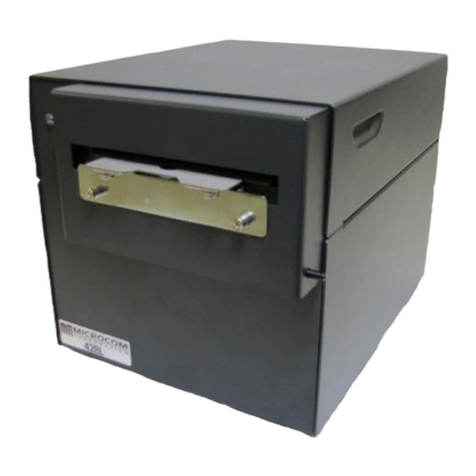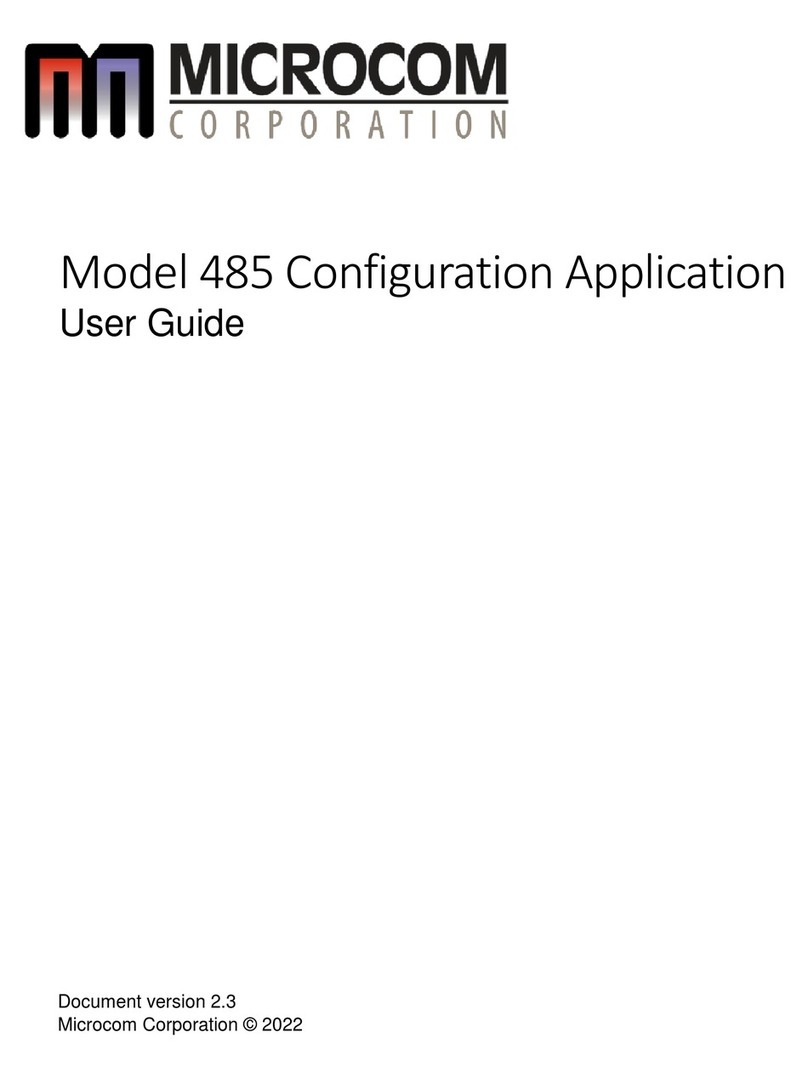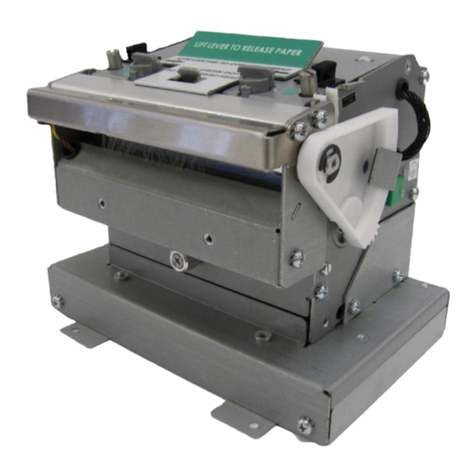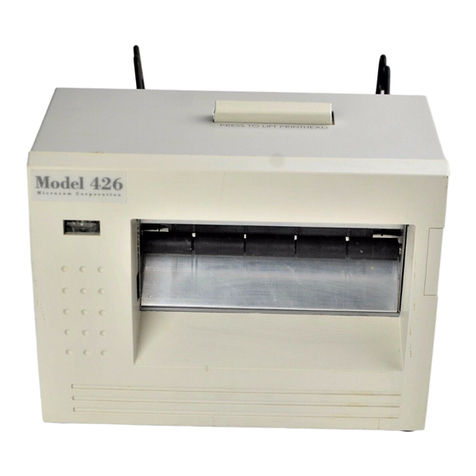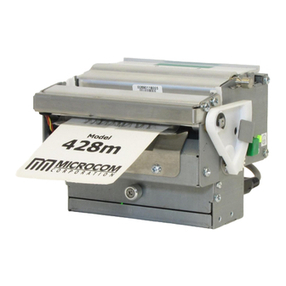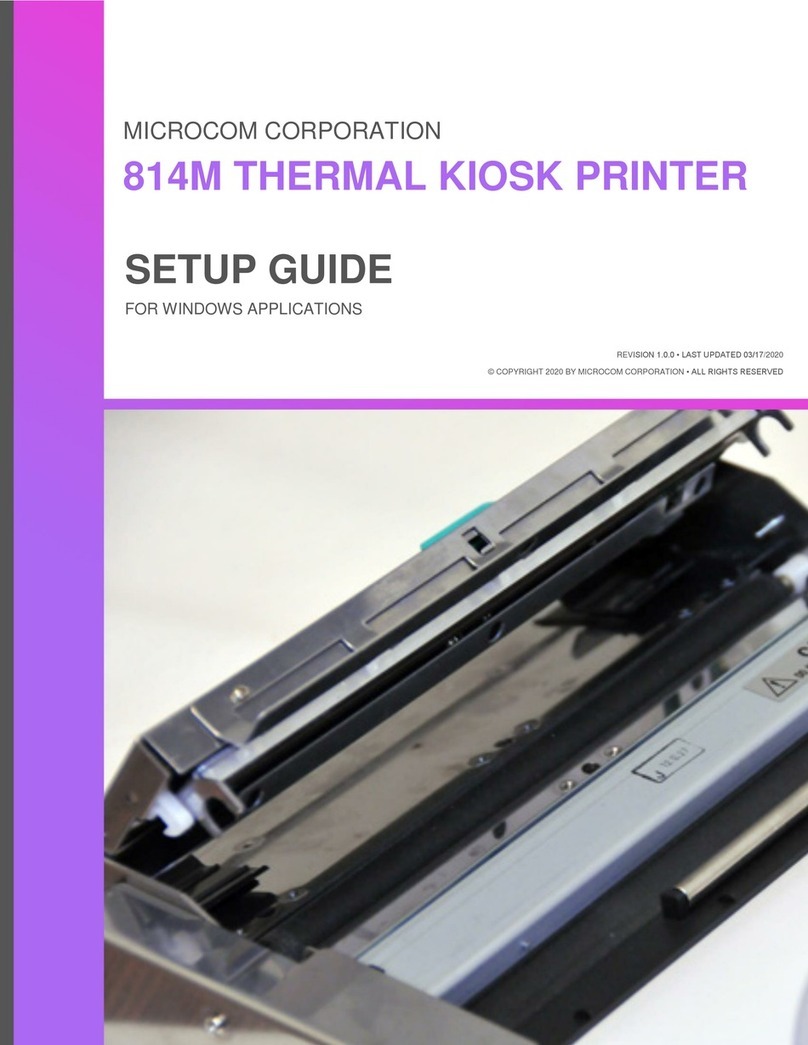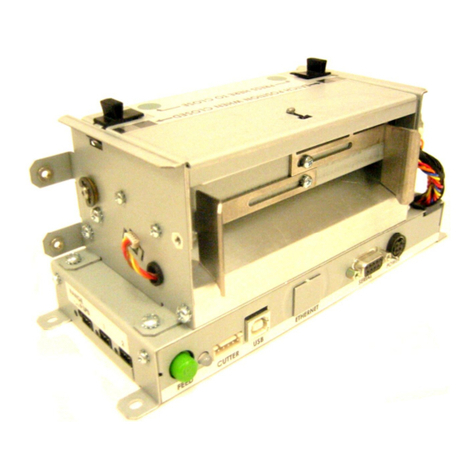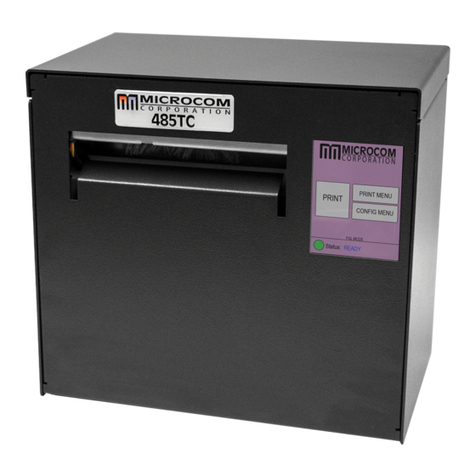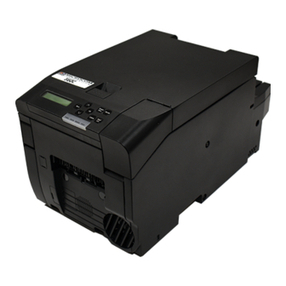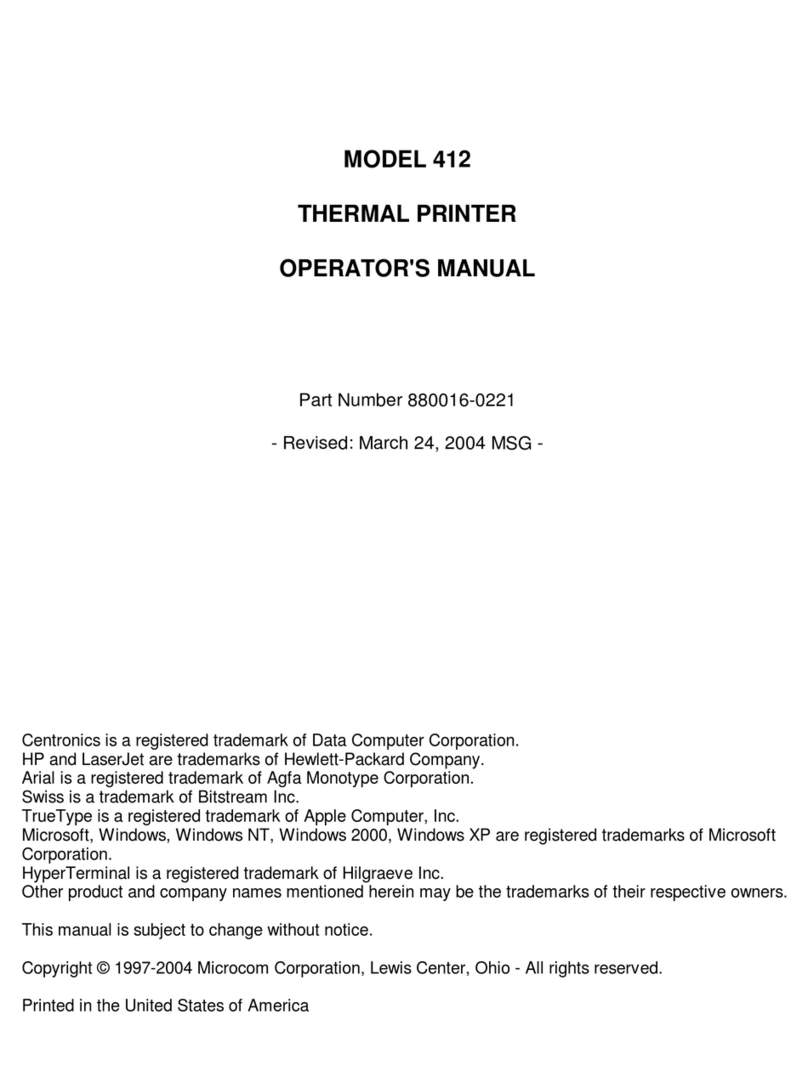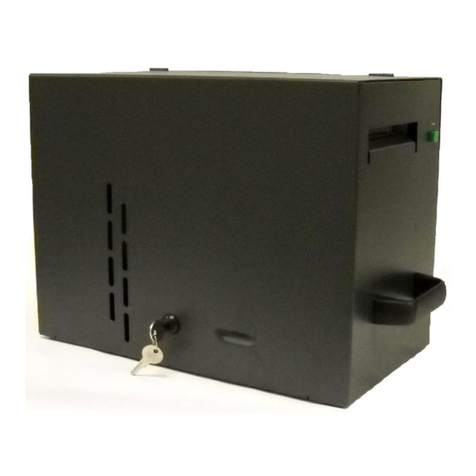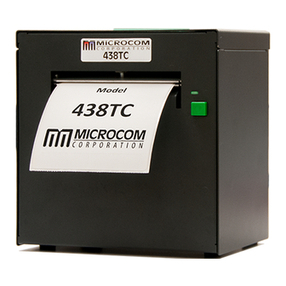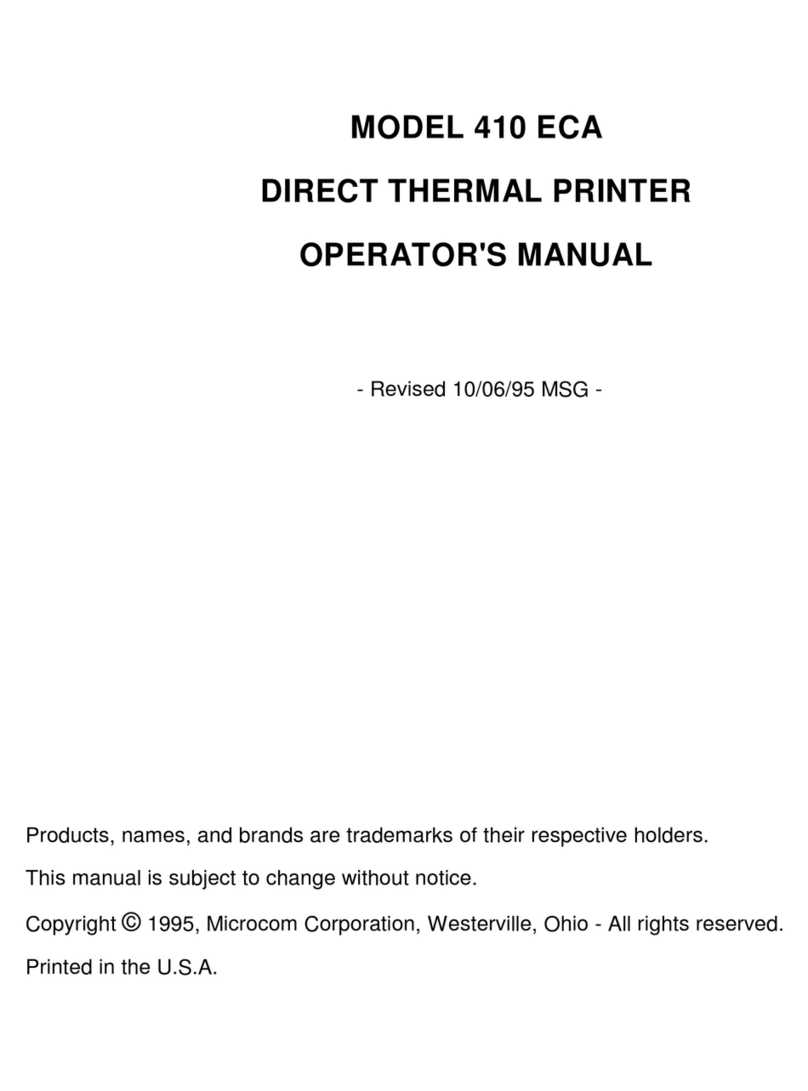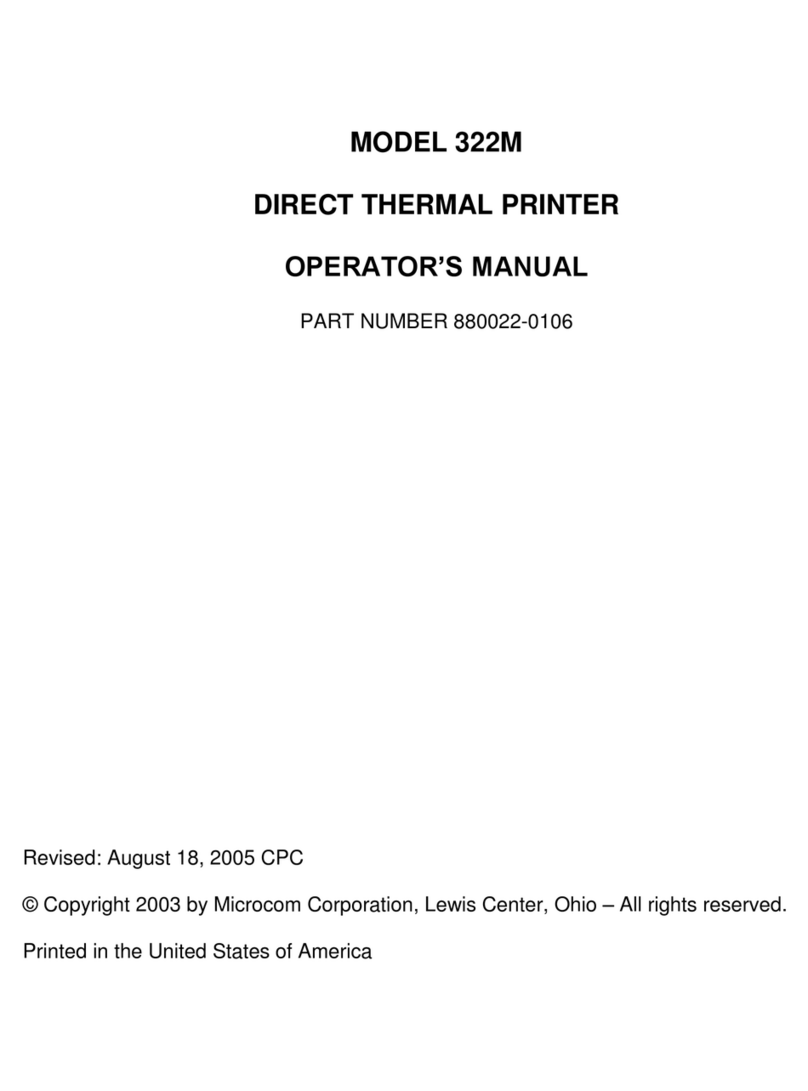
LDS2 Programming Manual - 880019-0202i
Table of Contents
LIST OF FIGURES...............................................................................................................VI
LIST OF TABLES..............................................................................................................VIII
INTRODUCTION...................................................................................................................X
CHAPTER 1:...................................................................................................DESIGNING USING LDS2
........................................................................................................................................... 1-1
1.1 Special Control Codes..................................................................................................1-1
1.2 Script Creation: An Overview ......................................................................................1-2
1.3 Begin Script - ^A)filename...........................................................................................1-4
1.4 Script Header ................................................................................................................1-4
1.4.1 LSX (Label Width) LSX, LSY, GAP, DRM, SPD, DET, OFX, OFY, AGD ............................... 1-5
1.4.2 LSY (Label Height) LSX, LSY, GAP, DRM, SPD, DET, OFX, OFY, AGD............................... 1-5
1.4.3 GAP (Gap Size) LSX, LSY, GAP, DRM, SPD, DET, OFX, OFY, AGD...................................1-5
1.4.4 DRM (Distance to Registration Mark) LSX, LSY, GAP, DRM, SPD, DET, OFX, OFY, AGD...... 1-5
1.4.5 SPD (Print Speed) LSX, LSY, GAP, DRM, SPD, DET, OFX, OFY, AGD................................. 1-5
1.4.6 DET (Detection Method) LSX, LSY, GAP, DRM, SPD, DET, OFX, OFY, AGD......................... 1-6
1.4.7 OFX (Offset X Direction) LSX, LSY, GAP, DRM, SPD, DET, OFX, OFY, AGD......................... 1-6
1.4.8 OFY (Offset Y Direction) LSX, LSY, GAP, DRM, SPD, DET, OFX, OFY, AGD......................... 1-6
1.4.9 AGD (Activate Gap Detector) LSX, LSY, GAP, DRM, SPD, DET, OFX, OFY, AGD.................. 1-6
1.5 Format Entry Command - ^Fn) ....................................................................................1-6
1.5.1 XB (X Coordinate) XB, YB, CI, SW, SH, AI, DN, FO, FJ, FW, CS, FC, CC............................... 1-7
1.5.2 YB (Y Coordinate) XB, YB, CI, SW, SH, AI, DN, FO, FJ, FW, CS, FC, CC...............................1-7
1.5.3 CI (Conversion Identifier) XB, YB, CI, SW, SH, AI, DN, FO, FJ, FW, CS, FC, CC.................... 1-7
1.5.4 1.5.4 SW (Size Width) XB, YB, CI, SW, SH, AI, DN, FO, FJ, FW, CS, FC, CC...................... 1-10
1.5.5 SH (Size Height) XB, YB, CI, SW, SH, AI, DN, FO, FJ, FW, CS, FC, CC ...............................1-10
1.5.6 AI (Attribute Index) XB, YB, CI, SW, SH, AI, DN, FO, FJ, FW, CS, FC, CC...........................1-11
1.5.7 DN (Direction) XB, YB, CI, SW, SH, AI, DN, FO, FJ, FW, CS, FC, CC .................................1-12
1.5.8 FO (Field Orientation) XB, YB, CI, SW, SH, AI, DN, FO, FJ, FW, CS, FC, CC...................... 1-12
1.5.9 FJ (Field Justification) XB, YB, CI, SW, SH, AI, DN, FO, FJ, FW, CS, FC, CC.......................1-12
1.5.10 FW (Field Width) XB, YB, CI, SW, SH, AI, DN, FO, FJ, FW, CS, FC, CC..........................1-13
1.5.11 CS (Character Spacing) XB, YB, CI, SW, SH, AI, DN, FO, FJ, FW, CS, FC, CC ............... 1-13
1.5.12 FC (First Character) XB, YB, CI, SW, SH, AI, DN, FO, FJ, FW, CS, FC, CC..................... 1-13
1.5.13 CC (Character Count) XB, YB, CI, SW, SH, AI, DN, FO, FJ, FW, CS, FC, CC.................. 1-13
1.6 Text Entry Command - ^Tn).......................................................................................1-14
CHAPTER 2: PRINTER COMMANDS............................................................................ 2-2
2.1 Script Management Commands...................................................................................2-2
2.1.1 Begin Script - ^A)filename ........................................................................................................... 2-3
2.1.2 Begin Temporary Script - ^AT)filename ...................................................................................... 2-3
2.1.3 Format Entry Command - ^Fn)XB,YB,CI,SW,SH,AI,DN,FO,FJ,FW,CS,FC,CC ......................... 2-3
2.1.4 Text Entry Command - ^Tn)text data........................................................................................... 2-3
2.2 2xx Series Commands..................................................................................................2-4
2.2.1 ^D200) LSX, LSY, GAP, DRM, SPD, DET, OFX, OFY, AGD (Script Header)............................ 2-4
2.2.2 ^D202)n (Text Replacement Header)........................................................................................ 2-4
2.2.3 ^D203)LSX,LSY,GAP,DRM,SPD,DET,OFX,OFY,AGD,BT,FS ................................................... 2-5
(Direct Image Script Header).................................................................................................................... 2-5
2.3 3xx Series Commands..................................................................................................2-5
2.3.1 ^D300)n (Print Command)......................................................................................................... 2-6
2.3.2 ^D305)1 (Infinity Print Command) ............................................................................................. 2-6
2.3.3 ^D311)1 (Top-OF-Form)............................................................................................................ 2-6
2.3.4 ^D312)n (Form Feed) ................................................................................................................ 2-6
